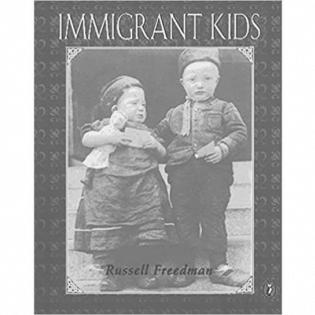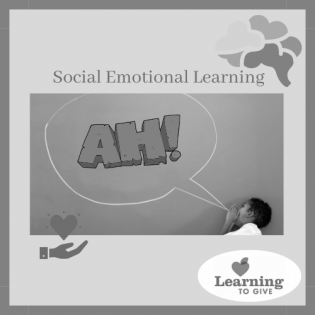This lesson will teach the basic ideas of Shemittah and the practical reasons behind the commandment and the learners will understand the connection between respecting the Earth and respecting themselves.
Filter by subjects:
Filter by grades:
Filter by audience:
Filter by issue area:
Filter by content type:
Filter by resource type:
resource search
What would it be like to be an immigrant child at the turn of the 20th century? Filled with stunning photographs, this book views history through the eyes of young people. From school to work to play, the experience of immigrant families comes to life. More than just a history lesson, this book will inspire discussions about current events that can open a child’s eyes to some of the needs of the immigrant community. Youth will grow in compassion for others, including people who may seem very different from themselves.
Youth will use metaphor, simile and personification to create imagery in their writing and recognize philanthropy in poetry. The learners will also become familiar with the poet laureates, Billy Collins and his writing.
"The Shout" is an Everyday SEL practice for encouraging young people to express their authentic emotions and use their emotions to create change. Cierra Kaler-Jones argues that “Righteous anger has long been used as a tool to fuel movements that have and continue to propel our nation forward towards justice. To tell students to not harness their anger is to tell them their rage isn’t warranted.”
In this lesson, students define serial reciprocity as "paying it forward." They compare the concept of paying it forward (serial reciprocity) with the work of Dr. Martin Luther King, Jr. They brainstorm issues and campaigns they can address to make an impact that ripples forward as a result of...
Writing letters to government officials is an effective way to take a stand on an issue. Young people use advocacy as a form of service.
Madam C. J. Walker, successful African American business woman, supported many causes with the profits of her business. We become aware of the many ways people give.
To learn about the different philosophies of three renowned philanthropists.
Image source: John D. Rockefeller in 1885. From Wikimedia Commons. Original source: Rockefeller Archive Center.
Video Clip and Discussion Guide: People have the power as social activists to make a difference for the common good. Sometimes laws and practices are unfair. We use voting, advocacy, and our right to protest to raise awareness and demand justice. This 4-minute video and follow-up questions prompt youth to recall actions of the past that changed laws. Through discussion, young people examine social activism of today and current issues of debate.


